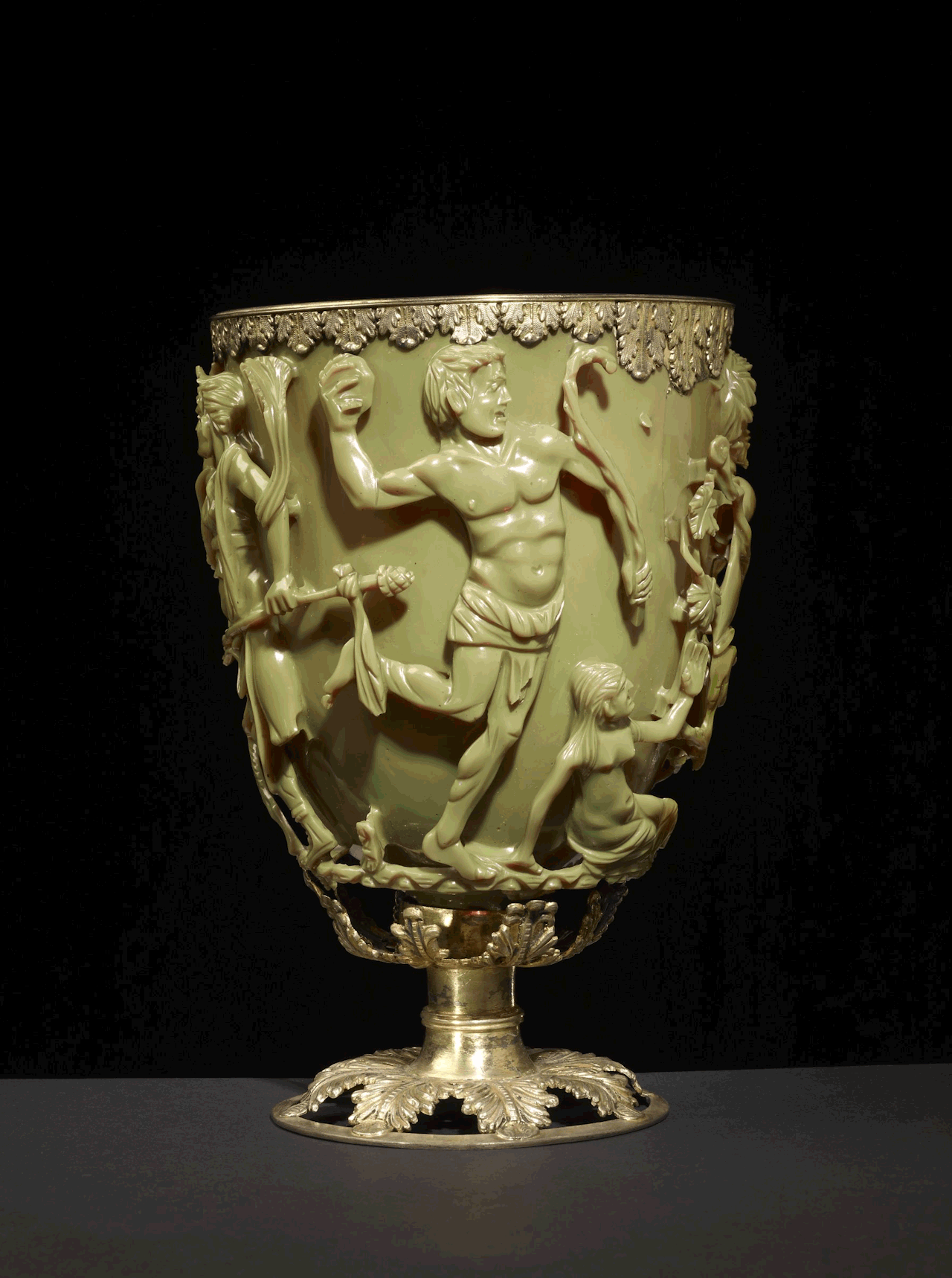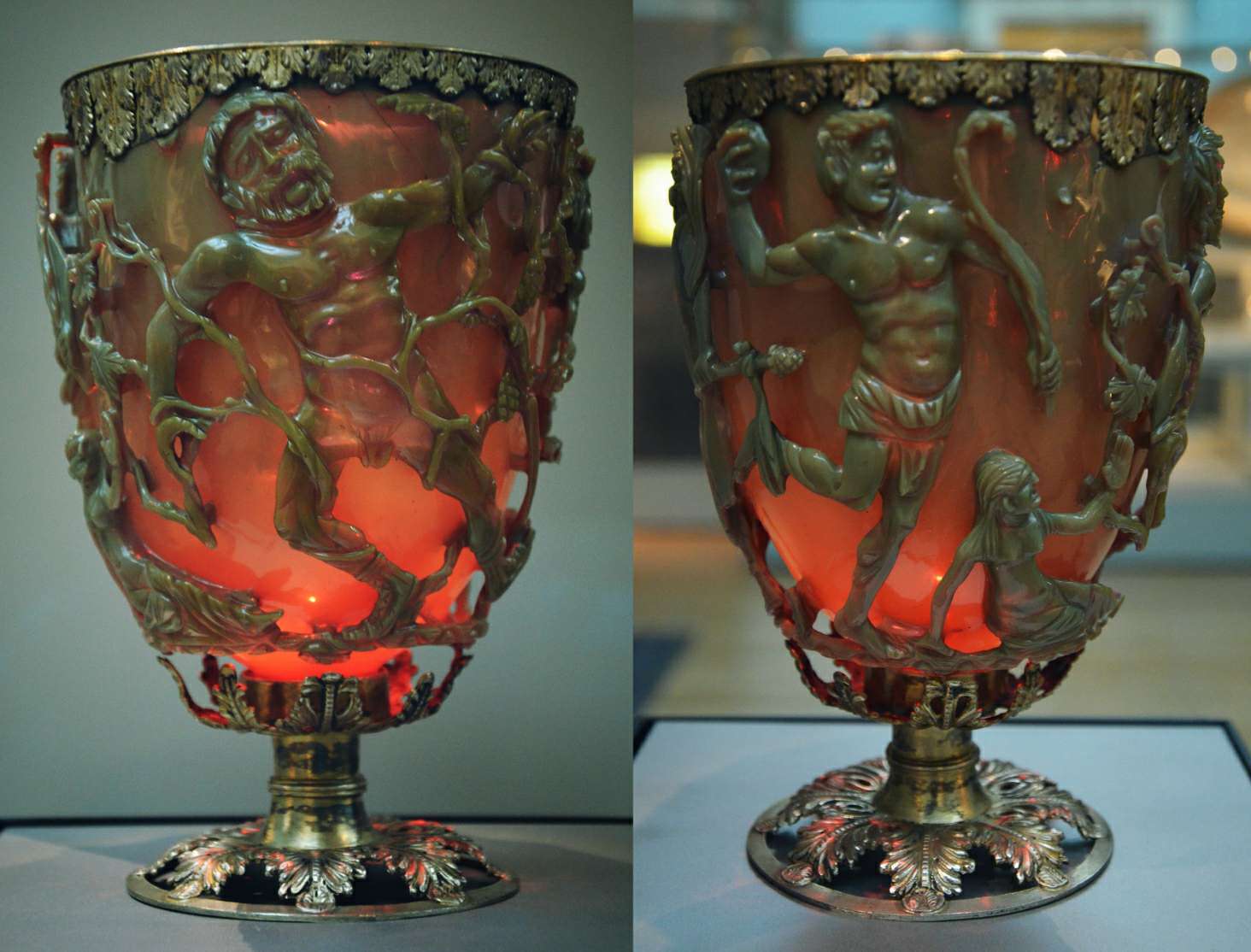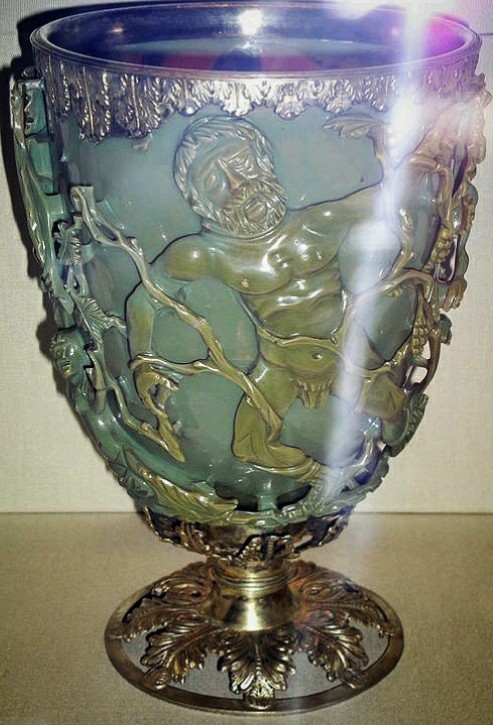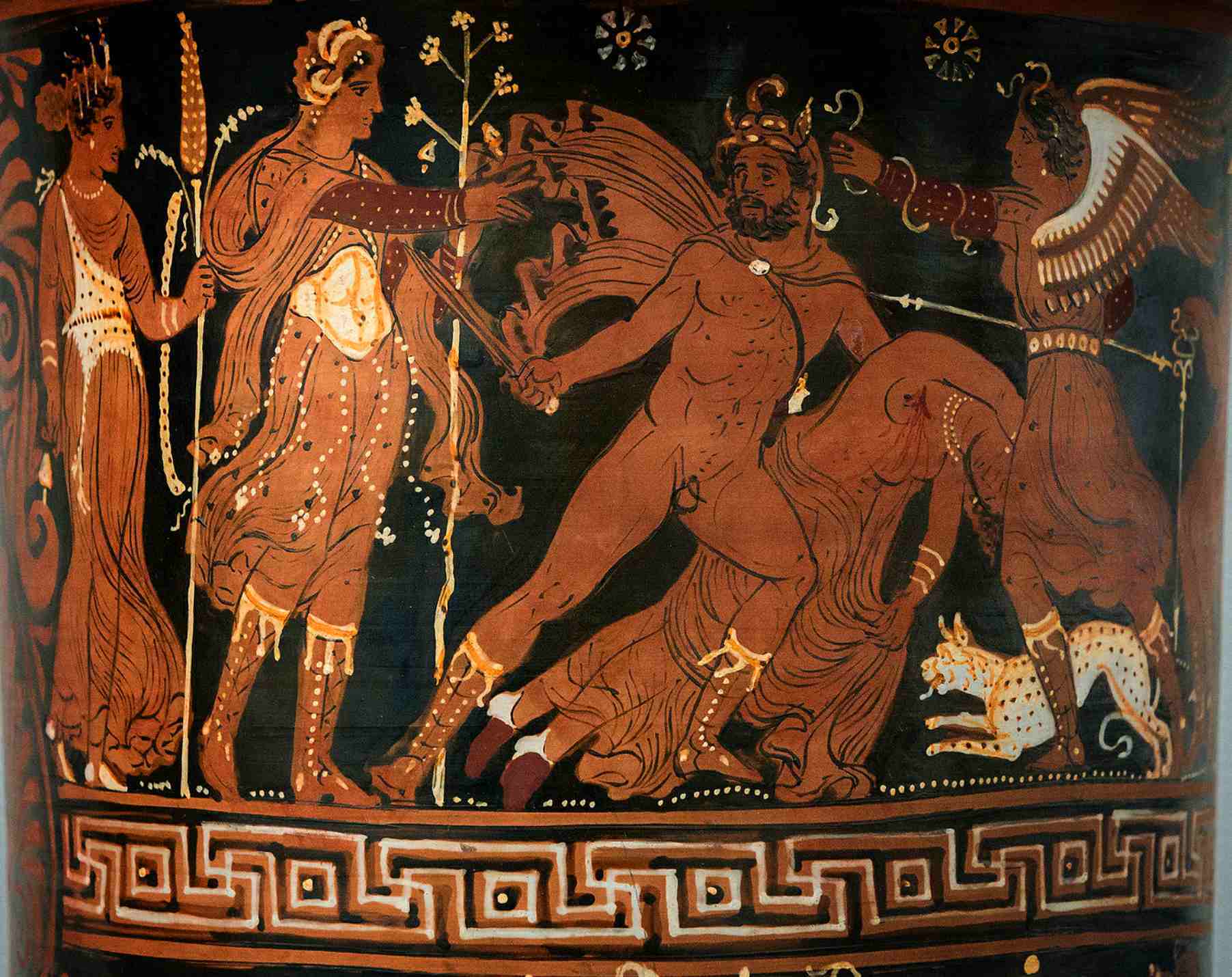According to scientists, nanotechnology was first discovered in ancient Rome nearly 1,700 years ago and it is not one of many samples of modern technology attributed to our sophisticated society. A chalice made sometime between 290 and 325 is the ultimate proof that ancient cultures used advanced technology thousands of years ago.

Nanotechnology is probably one of the most important milestones in recent decades. The technological explosion has allowed modern man to work with systems between a hundred and a billion times smaller than a meter; where the materials obtain particular properties. However, the beginning of nanotechnology dates back at least 1,700 years.
But where is the evidence? Well, a relic dating back to the time of the Roman Empire known as the “Lycurgus Cup”, seems to show that ancient Roman craftsmen knew about nanotechnology 1,600 years ago. The Lycurgus Cup is an outstanding representation of ancient technology.

The Lycurgus Cup is considered among the most technically sophisticated glass objects produced before the modern era. Experts firmly believe that the chalice that was made between 290 and 325 is the definitive proof that shows how ingenious the ancient craftsmen were.

The images of small glass sculptures portrayed in the chalice depict scenes from the death of King Lycurgus of Thrace. Although the glass appears to the naked eye to be a dull green colour when a light is placed behind it, they show a translucent red colour; effect achieved by the embedding of small particles of gold and silver in the glass, as reported by the Smithsonian Institution.

The tests revealed interesting results
When British researchers examined the fragments through a microscope, they found that the diameter to which the metal particles were reduced was equal to 50 nanometers – that is equivalent to one-thousandth of a grain of salt.
This is currently difficult to achieve, which would have meant a huge development absolutely unknown at that time. Furthermore, experts indicate that the “exact mixture” of precious metals in the composition of the object shows that the ancient Romans knew exactly what they were doing. Since 1958 the Lycurgus Cup remains in the British Museum.
Ancient nanotechnology that really works
But how that works? Well, when the light hits the glass, the electrons that belong to the metallic spots tend to vibrate in ways that alter the colour depending on the position of the observer. However, simply adding gold and silver to glass does not automatically produce that unique optical property. To achieve this, a process so controlled and careful is required that many experts rule out the possibility that the Romans could have produced the amazing piece by accident, as some suggest.
What’s more, the very exact mixture of metals suggests that the Romans came to understand how to use nanoparticles. They found that adding precious metals to molten glass could tint it red and produce unusual colour-changing effects.
But, according to the researchers in the study “The Cup of Lycurgus – Roman Nanotechnology”, it was too complicated a technique to last. However, centuries later the wonderful cup was the inspiration for contemporary nanoplasmonic research.
Gang Logan Liu, an engineer at the University of Illinois at Urbana-Champaign, said: “The Romans knew how to make and use nanoparticles to achieve beautiful art….. We want to see if this could have scientific applications.”

The original fourth-century AD Lycurgus Cup, probably taken out only for special occasions, depicts King Lycurgus ensnared in a tangle of grapevines, presumably for evil acts committed against Dionysus – the Greek god of wine. If inventors manage to develop a new detection tool from this ancient technology, it’ll be Lycurgus’ turn to do the ensnaring.




